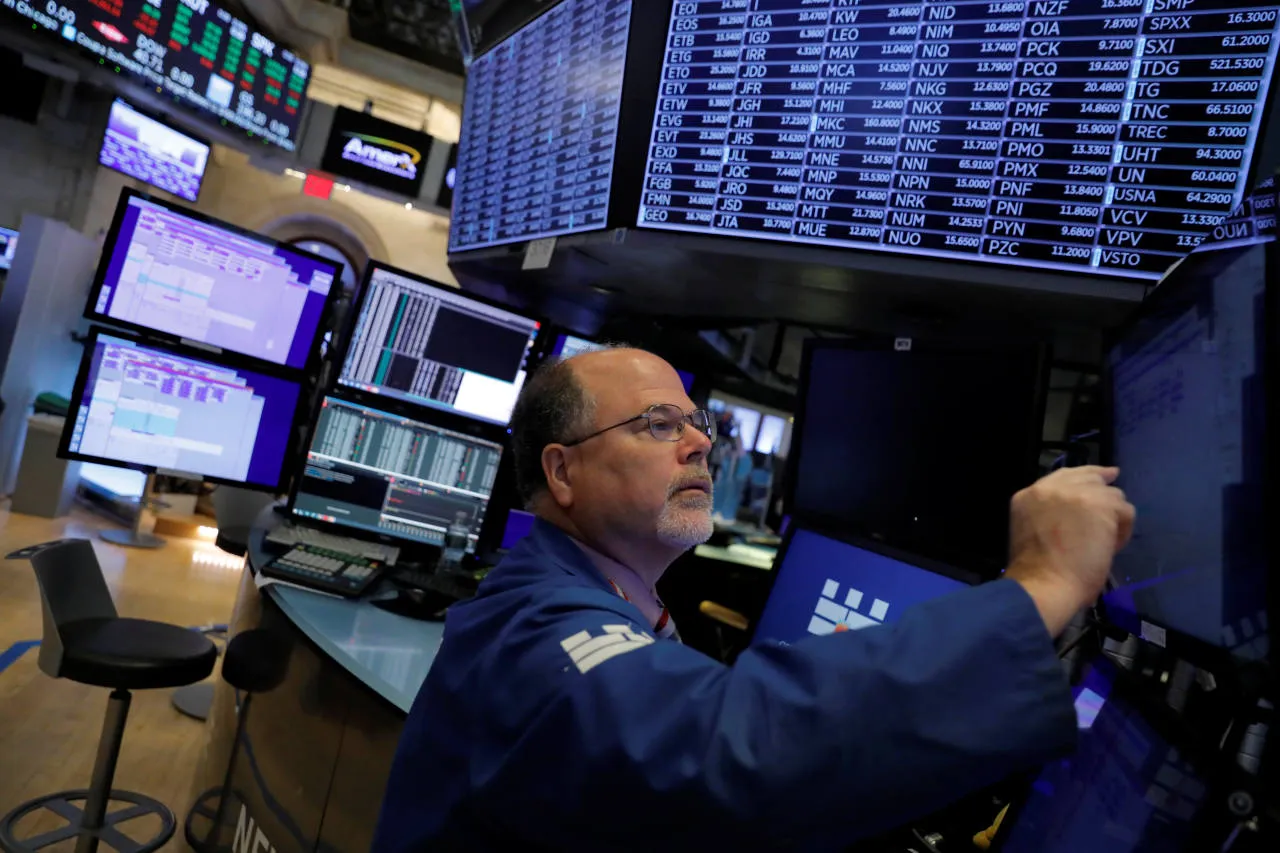Investor enthusiasm around OpenAI’s latest partnerships has sent technology stocks soaring, but a growing number of Wall Street strategists are warning that these rapid surges adding tens of billions in market value within minutes are beginning to resemble the speculative excesses of the dot-com bubble.
Advanced Micro Devices Inc. (AMD) was the latest to experience this meteoric rise. On Monday, the chipmaker’s stock skyrocketed, briefly inflating its market capitalization by about $100 billion at its intraday peak after announcing a new deal with OpenAI.
The agreement could translate into billions in future revenue. This move follows Oracle Corp.’s stunning 36% jump last month, which tacked on $255 billion to its market value in a single trading session. Oracle’s rally was fueled by blockbuster guidance for its cloud division, including a $300 billion, five-year deal with ChatGPT’s parent company.
“If one of these partnerships collapses, it could trigger a chain reaction across the market,” said Brian Mulberry, client portfolio manager at Zacks Investment Management Inc., which oversees roughly $12 billion in assets. “It reminds me of what happened in the telecom sector during the mid-1990s.”
These dramatic moves are amplifying concerns that an AI-driven bubble may be forming. Companies like Nvidia Corp. and OpenAI have been striking multibillion-dollar partnerships with firms that provide the infrastructure behind artificial intelligence. While these deals are fueling record-breaking valuations, many worry that the frenzy could end the same way the dot-com boom did when heavy investment outpaced real demand, leading to a painful crash.
The risks could be even greater today. The largest technology names now make up about 35% of the S&P 500 Index, compared with less than 15% during the late 1990s.
“The market is treating every company that partners with OpenAI as if it’s guaranteed success,” said Michael O’Rourke, chief market strategist at Jonestrading. “But OpenAI is still a negative cash flow company with little downside risk from signing these deals. Investors should be more selective but right now, it’s a buy-first, ask-questions-later environment.”
Hedge fund billionaire Paul Tudor Jones echoed those concerns in an interview with CNBC’s Squawk Box on Monday, noting that current conditions remind him of the tech bubble two decades ago. “All the ingredients are in place for some kind of blow-off,” he said. “History tends to rhyme, and I think we could see some version of that again. This setup may even be more explosive than 1999.”
Another red flag, according to Mulberry, lies in the circular nature of some of these deals, where companies use each other’s capital to purchase each other’s products. He also pointed out that the scale of stock price swings among such massive, mature corporations is troubling. “These are established companies with huge balance sheets, yet they’re behaving like high-flying startups,” he said. “That’s unusual and worth pausing to consider.”
Still, AMD’s surge may have some merit. The partnership with OpenAI represents a significant step forward in its graphics processing unit (GPU) business, an area where it competes head-to-head with Nvidia. Many analysts viewed the deal as a major win for AMD.
“This agreement fundamentally changes how the market will perceive AMD’s competitive position,” wrote Benchmark analyst Cody Acree in a note to clients. He raised his price target for the stock from $210 to $270, emphasizing that beyond the immediate financial upside, the announcement signals “a strong endorsement of AMD’s progress as a credible technical alternative to Nvidia’s dominance in AI GPUs.”
Even so, multiple large-cap tech stocks posting double-digit gains within short time frames has prompted worries that valuations are becoming detached from reality. Some investors fear that much of the buying is driven by FOMO fear of missing out rather than careful analysis of fundamentals.
“The current price discovery process is actually pretty frightening,” said Ted Mortonson, technology strategist at Robert W. Baird & Co., referring to Oracle’s massive rally. “A company that big shouldn’t be gaining that much market value overnight. It’s not normal it’s part of what I’d call an exuberance bundle.”
As the AI boom accelerates, the market’s optimism remains undeniable. Yet, the intensity of recent moves and their striking resemblance to patterns from the late 1990s has left even seasoned investors debating whether this is the dawn of a lasting technological revolution or the prelude to another painful correction.

Subscribe to our newsletter!
As a leading independent research provider, TradeAlgo keeps you connected from anywhere.








